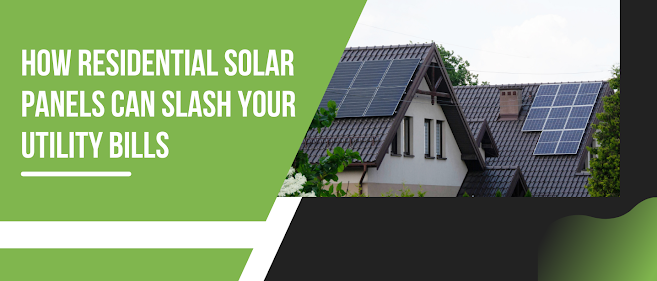How Residential Solar Panels Can Slash Your Utility Bills

Residential solar panels have emerged as a significant change in the search for environmentally friendly and cost-effective energy solutions. As the globe shifts toward renewable energy sources, homeowners are finding the several advantages that solar panels provide, including considerable savings on electricity costs. In this post, we'll look at how home solar panels operate, their benefits, the installation procedure, and how they may help you save on power costs. Understanding Residential Solar Panels What Are Residential Solar Panels? Residential solar panels , commonly known as photovoltaic (PV) panels, capture sunlight and convert it to energy. These panels comprise numerous solar cells of semiconductor materials like silicon that produce direct current (DC) power when exposed to sunlight. How Do Residential Solar Panels Work? When sunlight strikes the solar panels, the semiconductors absorb the photons, knocking electrons free from their atoms. This forms an electric field


